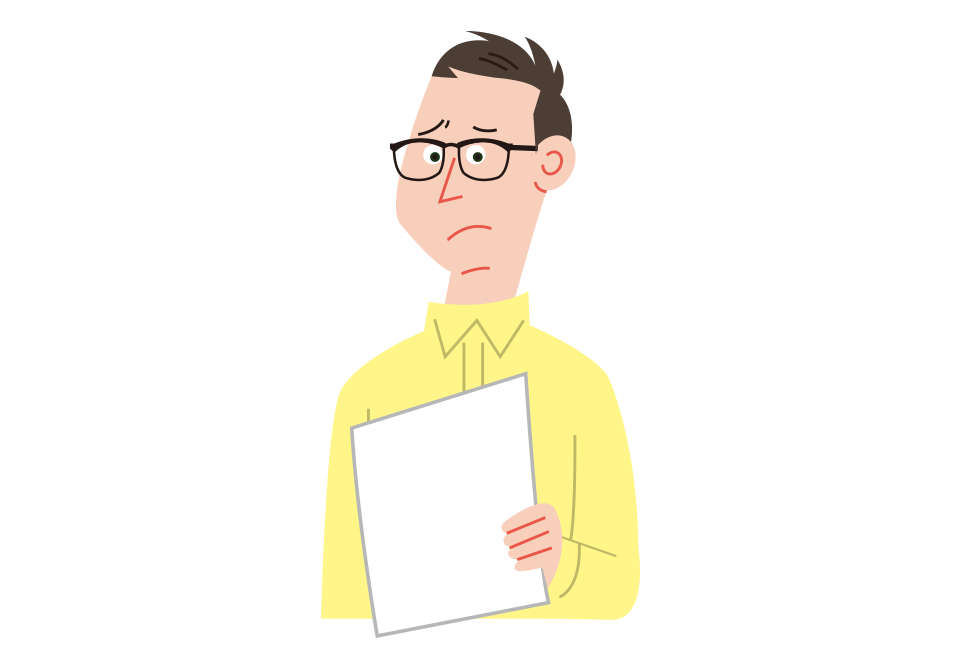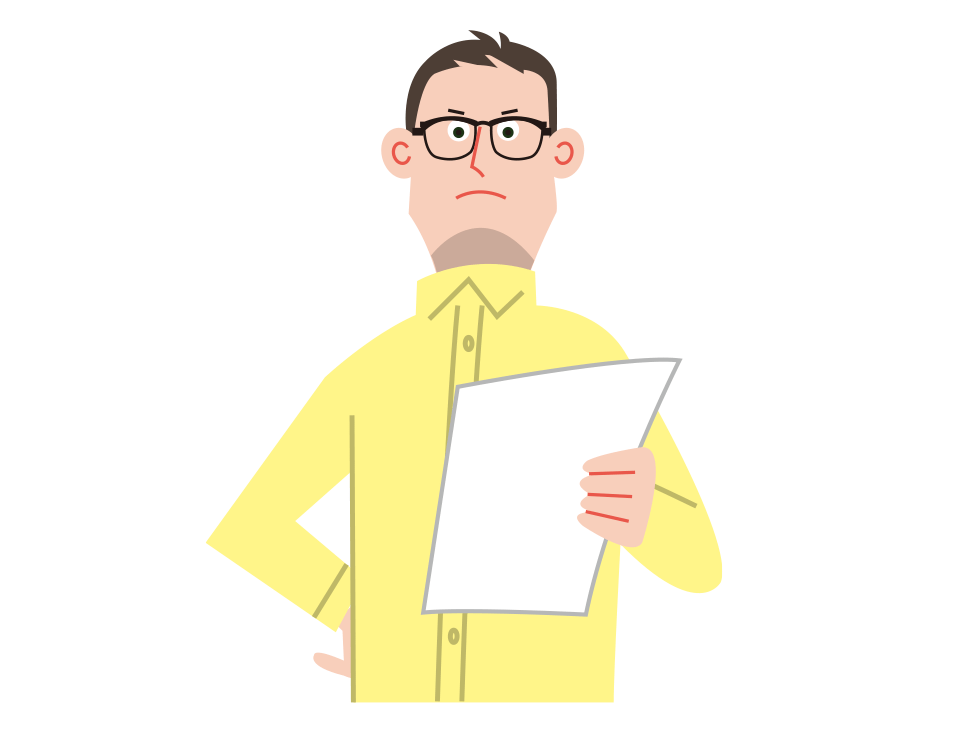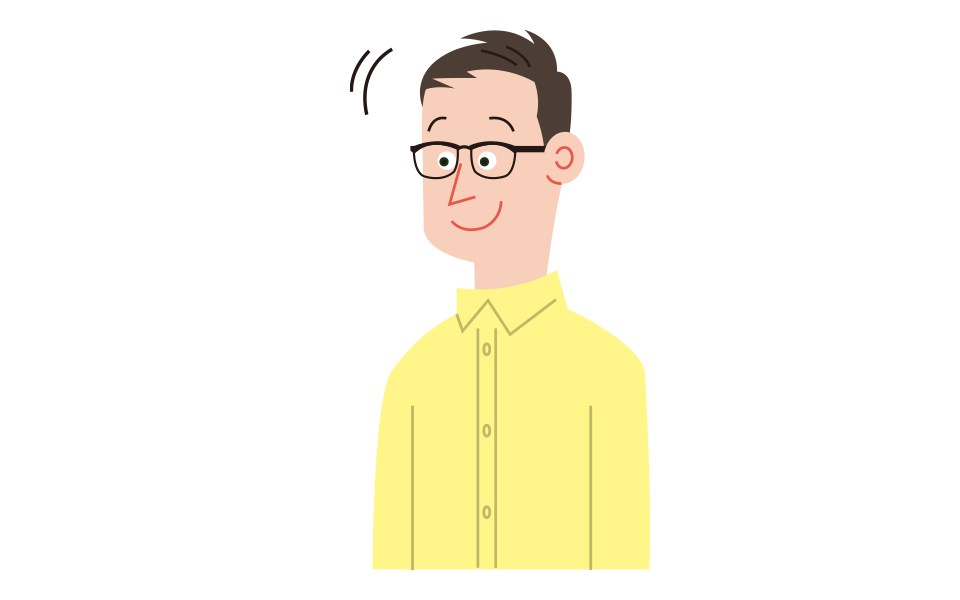2.3.4 Facial Expressions
(表情)

May, you told me that I looked dull during the mock presentation. I understand it’s not good, but I still don’t know how my facial expressions should be.

There is no golden rule, I guess.

I know what you mean because it’s normal that your facial expressions change during a presentation.

Hmm… so how do good public speakers change their facial expressions?

Some smile at the outset quite naturally and unconsciously.

I often see that experienced speakers also joke with their audiences to make them smile at the beginning of their presentations.

Joke?! That’s challenging for me!

It’s not necessary, Tom. You just smile gently to create an inclusive atmosphere.

You, then, move on to important parts of your presentation and start talking enthusiastically.

And you naturally start looking serious as well.

So I should just match my facial expressions to my contents, right?

Yeah. That’s all you have to do. You don’t need to be worried though you shouldn’t look passionless.

Got it.

How about Q&A sessions? I guess facial expressions matter because a Q&A is an opportunity where you and your audience discuss things one-on-one.

You made a very important point. You may feel bothered or afraid when someone in an audience asks a question, especially a critical one. This may make you look like this.


That looks contemptuous and impolite.

Yes, it does. You shouldn’t look like that.

I know a slightly different case. There was a presenter looking offended when he got a critical question from someone in an audience. I guess he felt that the person humiliated him.


That’s not good either.

I think so too. For me Q&A sessions are golden opportunities for academic dialogues. You know, some people in audiences understand your research topic better than you do, and they may provide you with a fresh insight into your study.

Yeah! Also, Q&A sessions may help me to build collaborative relationships with other researchers.

You both perfectly understand what Q&A sessions are for. It would be a shame if a negative facial expression rules out the possibility of networking.

When someone asks you a question, you should smile slightly and nod so that the questioner can see you taking the question seriously.


It’s important to express your interest in the questioner’s feedback, and the gesture of nodding conveys your attentiveness effectively.

I see. I’ll try to nod as I listen.